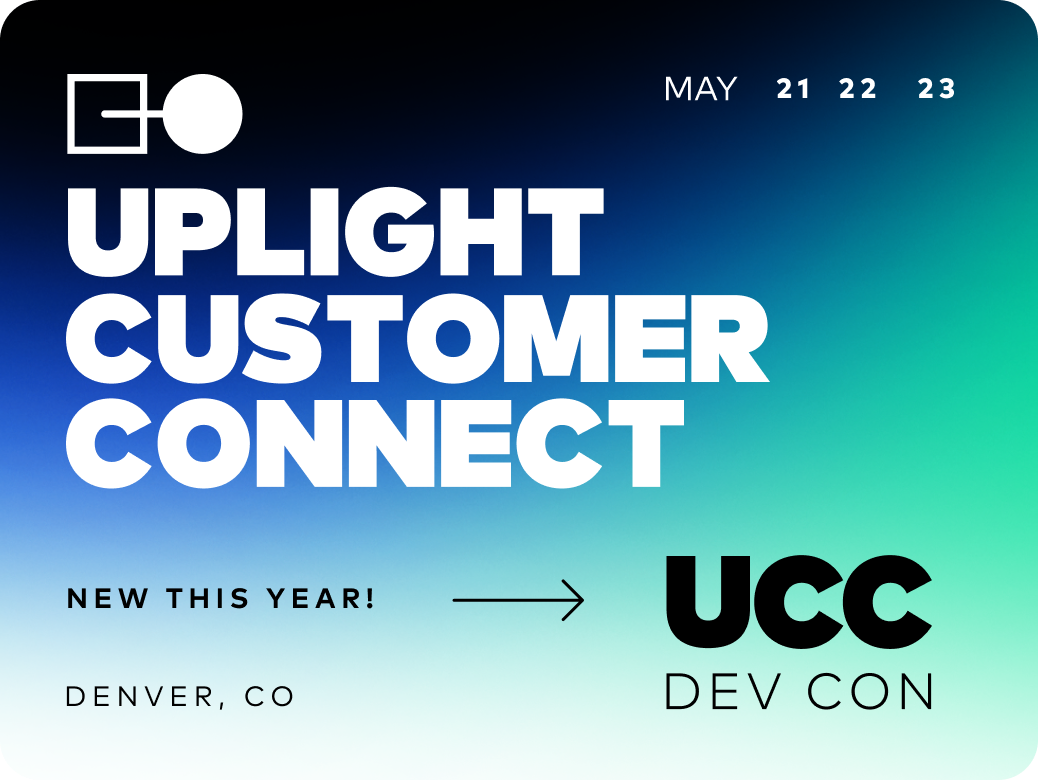This post was originally published on EnergySavvy’s website. EnergySavvy is now Uplight.
With an expanding list of options, many utility leaders are questioning if customer energy assessments are still relevant for today’s modern customer. In our latest eBook, Why Modern Customer Energy Assessments Matter, we provide some concrete answers to that very important question.
Early assessments had a number of drawbacks, including poor (often engineering-driven) design, generic recommendations, a disjointed enrollment process, a login requirement, and the lack of an administrative portal. Fortunately, like other customer engagement technologies, modern energy assessments have evolved. Today’s generation of online assessments now leave behind the required login walls, generic offerings lists and siloed communications to embrace a more personalized, proactive, and self-serve customer experience.
And the modern assessment is also more relevant than ever before. Today’s tools can provide valuable assistance to a customer involved in any journey point, and use the data to personalize subsequent interactions. They also play an important role in improving customer satisfaction. According to JD Power, customer satisfaction is 76 points higher among customers who are aware of a utility’s programs than among those who are not—and it’s even higher for customers enrolled in a program.
Energy assessments are also more effective when placed outside of a login wall, since most customers won’t login more than once or twice, if at all. Online Assessments that exist outside MyAccount yield higher engagement, participation, and customer data capture. In fact, we’ve found that requiring authentication before accessing an assessment causes 89% of customers to turn away. By combining optional authentication with fuzzy matching, EnergySavvy clients have accurately matched 83% of online assessments to customer accounts.
While online assessments have historically been used to drive participation in DSM programs, they can also introduce customers to other offerings through recommendations such as e-bill, balanced billing, or paying online through a MyAccount portal. And the rich data collected from assessments can be used to leverage in future marketing campaigns and customer personalization.
Of course, it’s also important not to forget that customer energy assessments are still highly effective at driving energy savings. In fact, these tools are some of the best and most cost-effective way to improve program participation and realize energy savings. At APS, 77% of customers reported satisfaction with their energy assessments because of their convenience, service, and subsequent reduction in energy bills.
While many tools now play an important part in delivering modern utility customer engagement, flexible, modern, and easy-to-use customer assessments should continue to play a central role in providing a more personalized and rich customer experience.





